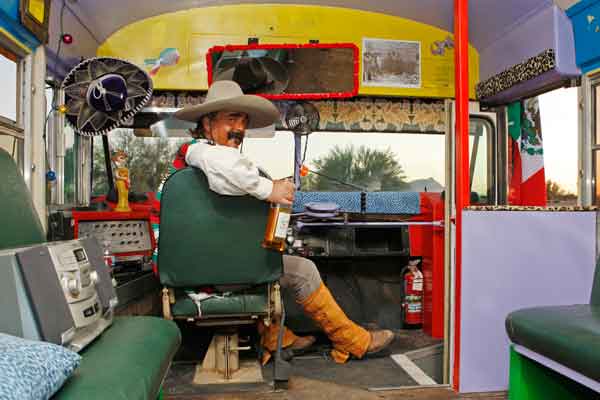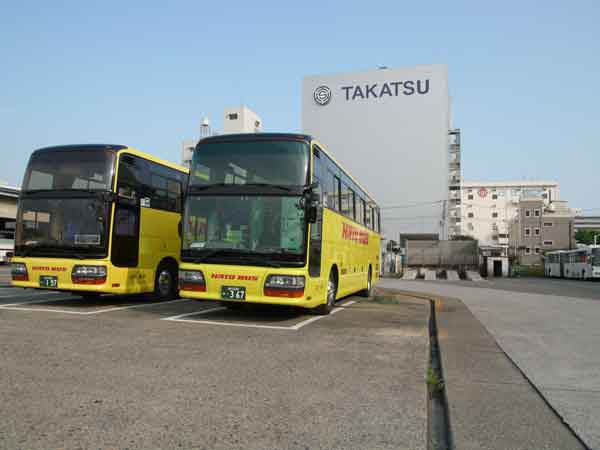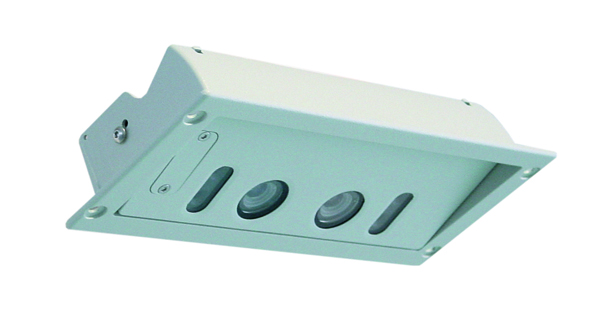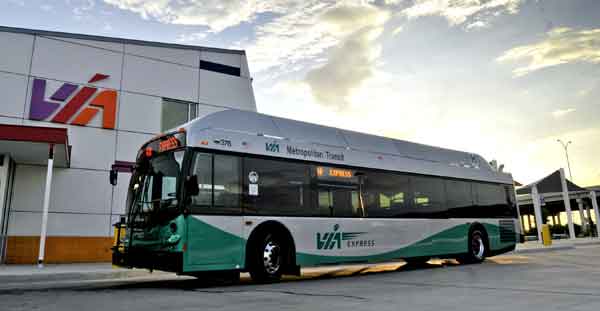
Tequila Bus was worth a shot
For years while on his way to work Rick Cibik passed by the yellow school bus parked in the yard of someone’s home on the Fort McDowell Yavapai Nation northeast of Phoenix, AZ. As general manager of Fort McDowell Adventures, Cibik hit on an idea to put the old bus to use for the company that offers visitors the Wild West experience. Inspired by “The Mexican Bus” he had heard about in San Francisco, Cibik envisioned a moving party bus for corporate events and special occasions.




